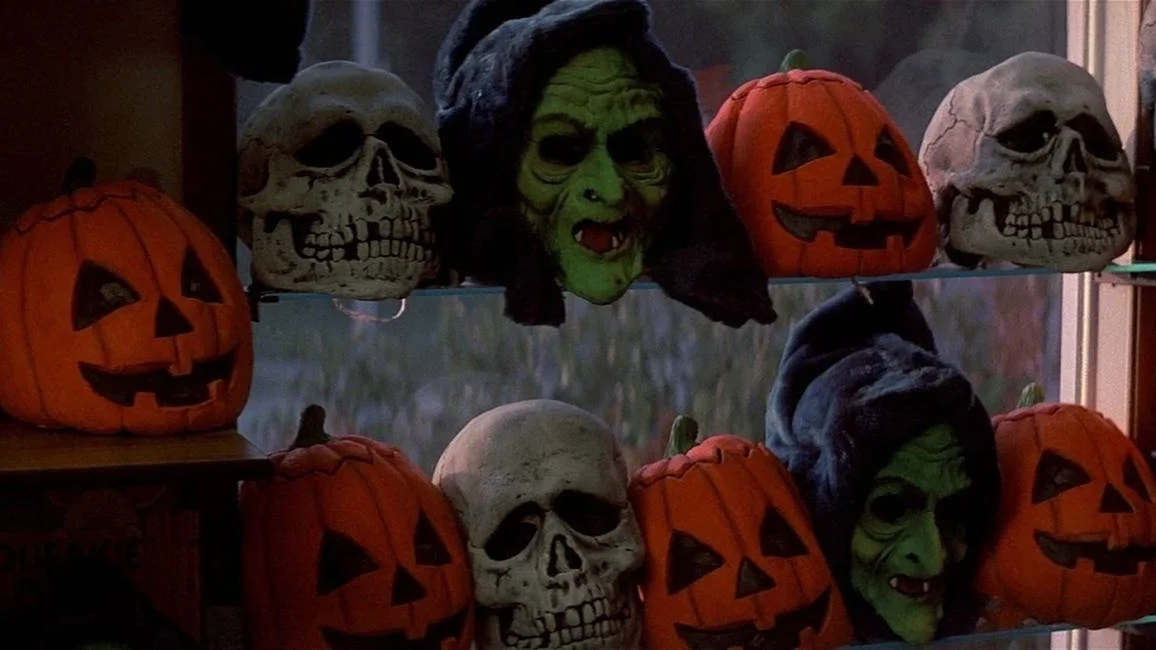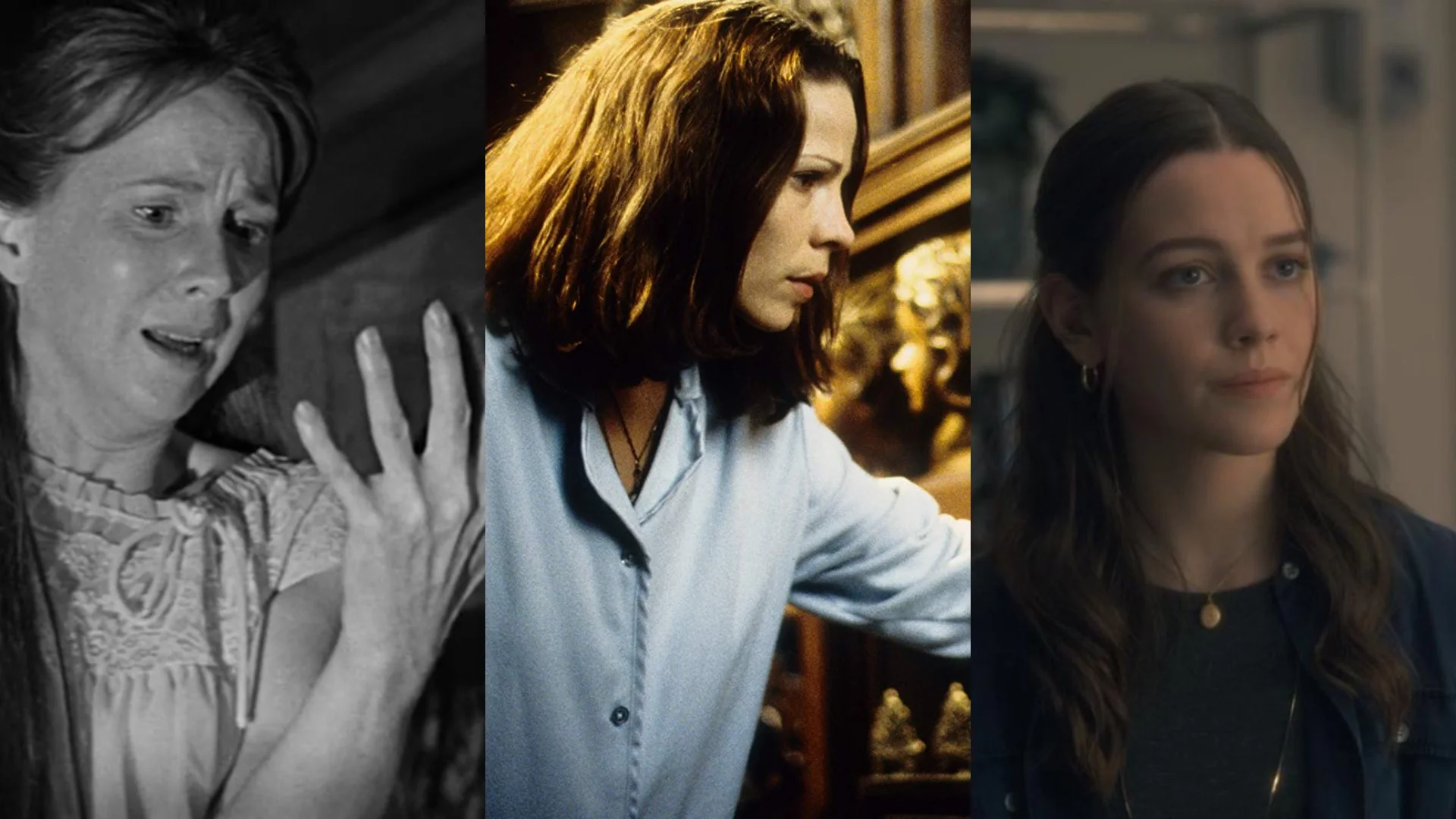Cultish Consumers: Halloween III: Season of the Witch
Halloween III: Season of the Witch begins with a classic Halloween-franchise trademark – someone being chased. Master DP Dean Cundey captures the unceasing cosmic evil of nighttime and the chaos it brings, with a lonely soul on the run from a car with menacing headlights and terrifying deliberation. It’s right out of Carpenter’s own dream-car-movie Christine, as the engine purrs ominously and the world seems to lie down in defeat at the populated evil. Halloween III is a dark, vicious film, which is one reason for its tremendous failure. Another might be the void left without a presence of a certain Shape, otherwise known as Michael Myers, and a hot commodity character at the time. After the haphazard, late-night qualities of Halloween II, it was believed that the Myers story was completed, and a new anthology series could begin, with Carpenter overseeing a new autumnal horror-show to release every October. Just in time for Halloween. But of course, the hope was quickly shattered by profit margins and audience expectation, and what is left is a remnant of an idea – a brilliant gem in the rough, but always flawed because of its template of a new, liberating form of seasonal programming.
Season of the Witch, then, was forever trapped within the Halloween-franchise conversation and not the Halloween-holiday conversation, as the comparison between its lonely self and the (at this point) ten (!!!) other films in the series was never positive. But even then, Season of the Witch is still a Halloween movie in spirit, and it feels at home inside the Fall comfort of the series glow. Many have said Halloween III would’ve been received with kinder eyes and ears if it wasn’t a part of the famous series, but that would deny Tommy Lee Wallace’s film of its indescribable aura that all the best Halloween-franchise movies offer (and to offer a slight jab: I say let’s kick Halloween Resurrection out on the curb where it belongs). It’s a true Halloween sequel in so many wonderful, shivering ways.
For one, the main antagonist is an oppressive, omnipresent force, just like The Shape, only its true nature is commercial rather than spiritual. The narrative of a large conglomerate taking hold of a small town and seizing its property and workforce for the sake of their own insidious demands doesn’t seem far from our own reality, and its connection to a Holiday - very much in the same way that Christmas is seen as happy and cheery for capitalistic institutions simply because of the rise in profits – enhances the subversive stature of the tale. Season of the Witch operates primarily as an earlier, more uncomfortable version of They Live, but instead of conformity, large-scale genocide is the main objective. Never mind its connection to Stonehenge and other spiritual gobbledygook, the fact that such a horrifying possibility is tangible via fake-hospitality and small-town imprisonment by corporations is such an apt dig at the Reagan era. John Carpenter and Alan Howarth’s score, which is the best of their collaborations and one of the finest Carpenter has ever worked on, amplifies the lo-fi distortion of mind and bodies, with quiet, relentless beats spiked by nasty synths and dangerous stings. The actors – including mega tough-man Tom Atkins, Stacey Nelkin, and Dan O’Herlihy – are beside the point, even as they effectively capture the fear and foreboding aura of not being in control.
What is important – and practically the only element with meat on its bones – is the feeling of conspiracy taking hold of your conscious, and then realizing you’re right – much of what we worship and buy is evil, and they cannot be stopped. Even worse, however, is how the general populace will continue to watch, and turn the channel until a steady signal is achieved. Humans are responsible for their own destruction. The through-line extending back to the original Halloween isn’t far away at all, with The Shape wandering Haddonfield and observing teenagers being oblivious to the dangers close to them. The force, however, isn’t a Michael Myers enigma, but perfectly defined capital.














